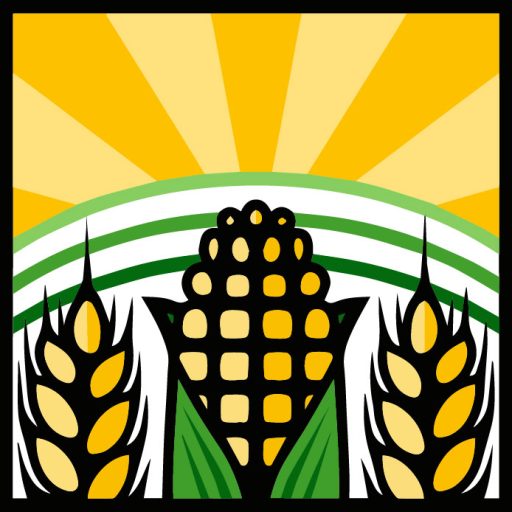OGRAIN has produced a spreadsheet and tutorial booklet to help you predict and understand the long-term financial outcomes that could result from a decision to pursue organic grain production.
Turning Grain into Dough tutorial booklet on the financial aspects of transitioning to organic. “The best description on transitioning to organic on the financial side I’ve ever seen” – Doug Alert, Ash Grove Farm, 25 years certified organic
The OGRAIN Compass was conceived by Dr. Erin Silva and designed by Jim Munsch and John Hendrickson for the University of Wisconsin. Questions or comments can be addressed to John at: jhendric@wisc.edu or Dr. Silva at emsilva@wisc.edu
Making a decision about whether or not to enter into organic grain production will be introduced in the upcoming companion tutorial, “Turning Grain into Dough.” The booklet, authored by Paul Dietmann of Compeer Financial, explains the structure of the analysis for deciding to convert land from conventional agricultural use to organic grain production. It provides the basis for making judgments on information the user will need to put into the spreadsheet tool.
About the OGRAIN Compass
OGRAIN Compass is a planning tool for anyone contemplating a new organic grain production operation.
- Conventional grain producers thinking about organic production.
- Organic grain producers looking at adding to their operation.
- Beginning farmers.
It predicts financial results for production on a given piece of land over a ten-year planning period. These results are for the totality of the operation including impacts of cropping decisions in a proposed rotation, the cost of equipment, provision for investments to make the enterprise financially sustainable, and the full burden of overhead expenses.
The user provides key input information from their own experience or from research of other sources – neighbors in organic production, publicly available data on organic producers, university recommendations, etc. This information includes desired crop rotation, individual crop input costs, likely yields, expected prices for crop sales and plan to satisfy machinery needs. The tutorial “Turning Grain into Dough” guides the user to sources of such information.
Initial worksheets within the whole workbook are entry points for this information. Subsequent sheets use the inputs to calculate a holistic picture of the financial results of the input assumptions. These include a projection of profitability and of cash flow.
An important use of the spreadsheet is the ability to alter the input assumptions (rotation, yield, price, input costs, equipment needs, etc.) to see the impact of these changes on financial results. A secondary but often important use is to use the sheet as a communication device with a lender, investor, crop insurance provider or partner.
Training sessions about the OGRAIN Compass
- OGRAIN Compass: A tool to help farmers assess the financial impact of converting to organic production. 90-minute Webinar, eOrganic
- Guide financial decisions with the OGRAIN Compass (28 min YouTube video, 2020 OGRAIN Conference) John Hendrickson, UW-CIAS and Jim Munsch, Munsch Consulting
- A farmer’s view of the OGRAIN Compass (14 min YouTube video, 2020 OGRAIN Conference) Doug Alert, Ash Grove Farm
- Turning grain into dough: Financial management and cost of production for organic grain farming, (8 min YouTube video, 2019 OGRAIN Conference) Paul Dietmann of Compeer Financial present the concepts behind a new OGRAIN “Compass,” a downloadable spreadsheet for estimating financial impacts of crop decisions.
Additional resources for crop and farm budgeting and financial analysis:
- Monthly Cash Flow Projection Template (excel) Compeer Financial
- Cash Flow Monitoring Worksheet (excel) OGRAIN
- Internal Rate of Return_IRR_Calculator1 (excel)
- FinBin, Farm financial management data base, University of Minnesota
- USDA AG Marketing Service
- Estimating Farm Machinery Costs, (pdf) Iowa State University
- Organic Crop Production Budgets, (excel) Iowa State University
This project is supported by the USDA Beginning Farmer and Rancher Development Program, grant number 2017-70017-26856




